Advertisements
Advertisements
Question
Name the three classes of levers and state how are they distinguished. Give two examples of each class.
Solution
Three classes of levers are:
(a) Class I levers or first-order levers:
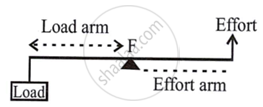
Examples are:
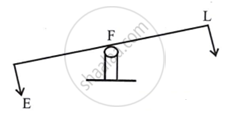 |
 |
| See Saw | Scissors |
Between the effort and the load is the fulcrum.
[Ratio of M.A. and V.R.] for levers in this class can be any value between one and one, either more or less than one. They can multiply forces.
(b) Class II levers or second-order levers:

Examples are -
 |
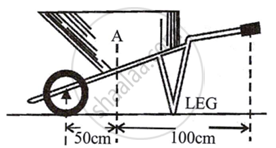 |
| Lemon squeezer | Wheel Barrow |
Between effort and fulcrum is load, with the effort arm always longer than the arm. These levers' M.A. and V.R. are always greater than 1.
(c) Class III levers, or third-order levers:
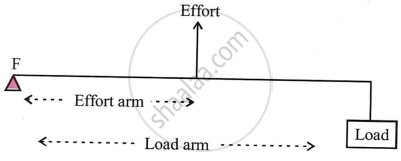
Examples are
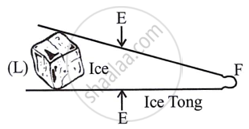 |
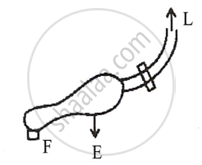 |
| Plucker or Fire Tong, (Sugar Tongs) |
Foot Treadle |
Always place effort between fulcrum and load. The effort arm is always shorter than the load arm. These levers' M.A. and V.R. are consistently less than 1.
APPEARS IN
RELATED QUESTIONS
State whether the following statement is True or False.
All levers are force multipliers.
What is a lever?
Name the class to which the following levers belong:
a pair of pliers
How can you increase the mechanical advantage of a lever?
Name the machine to which the following belong:
Beam balance
Tick the most appropriate answer.
A pair of scissors is an example of a/an
Answer the following in a word or two or in a sentence.
Given an example of a Class I lever.
Answer the following in a word or two or in a sentence.
Which type of machine is used to squeeze a lemon?
Draw a labelled diagram of a class II lever. Give one example of such a lever.
Explain why the mechanical advantage of the class III type of lever is always less than 1.
